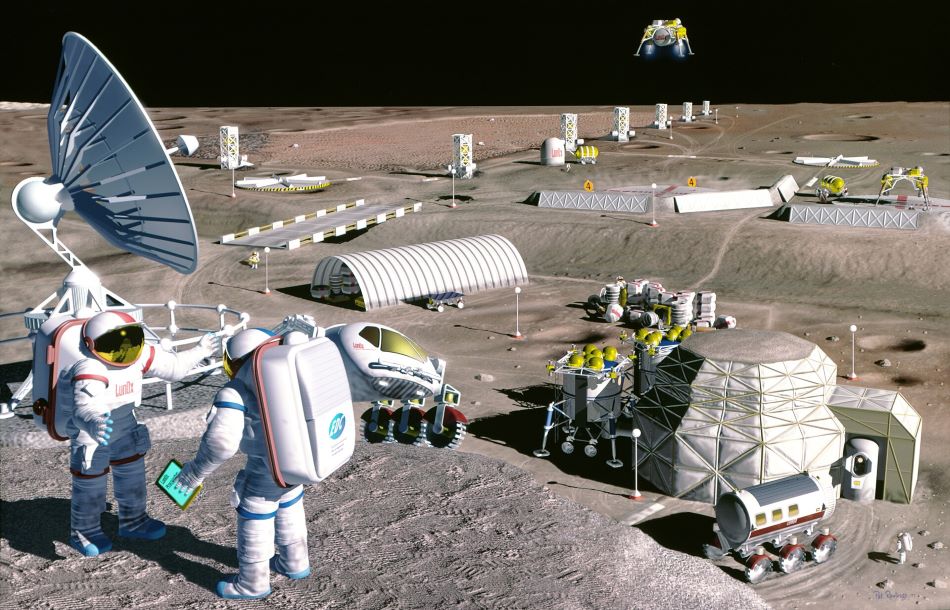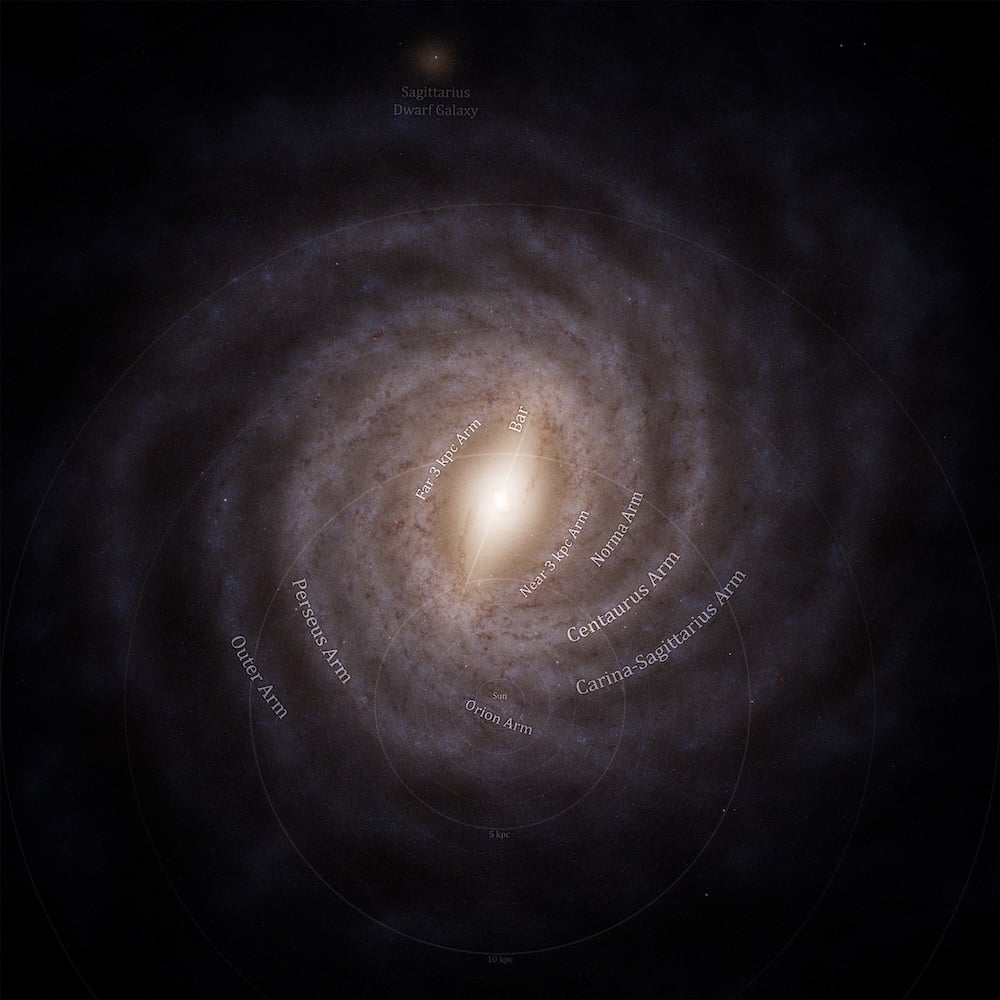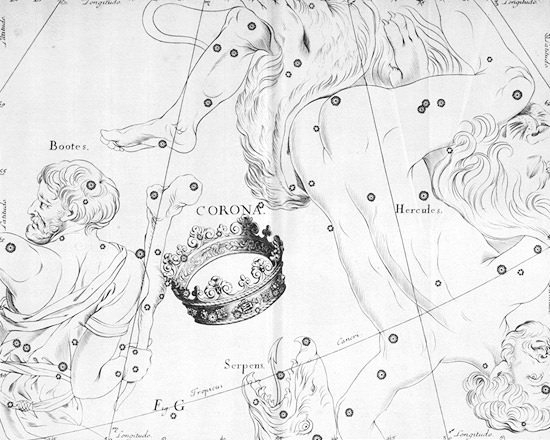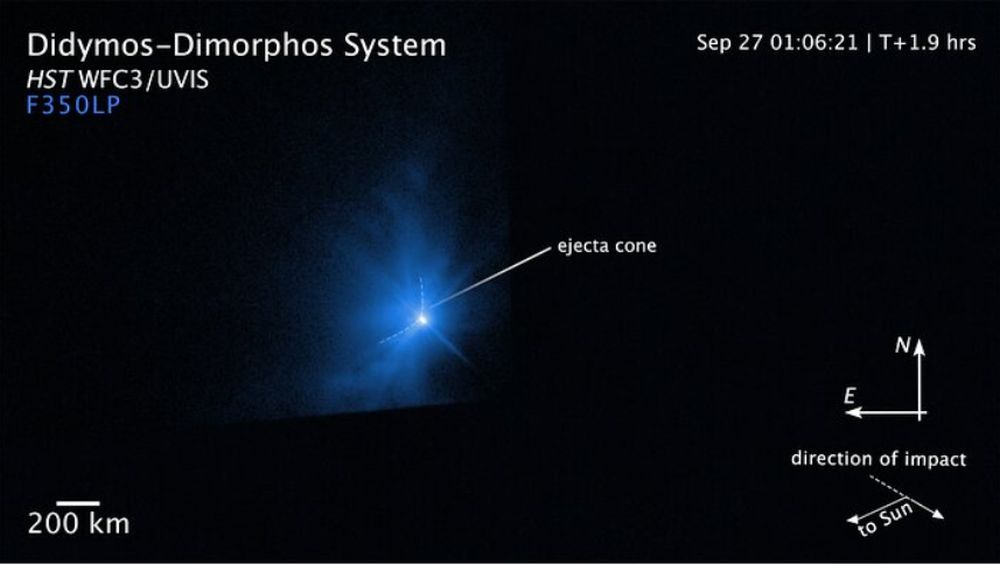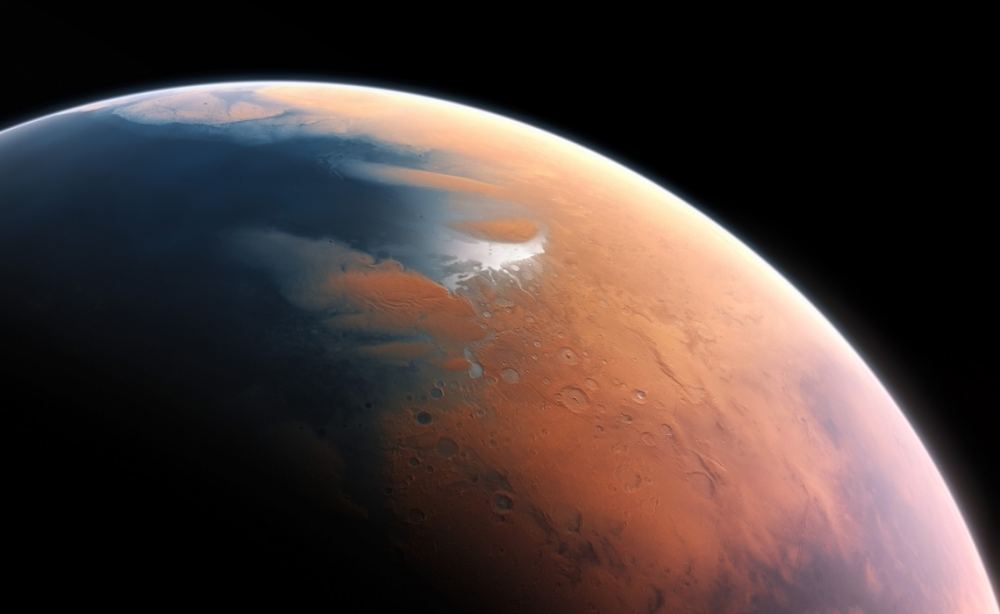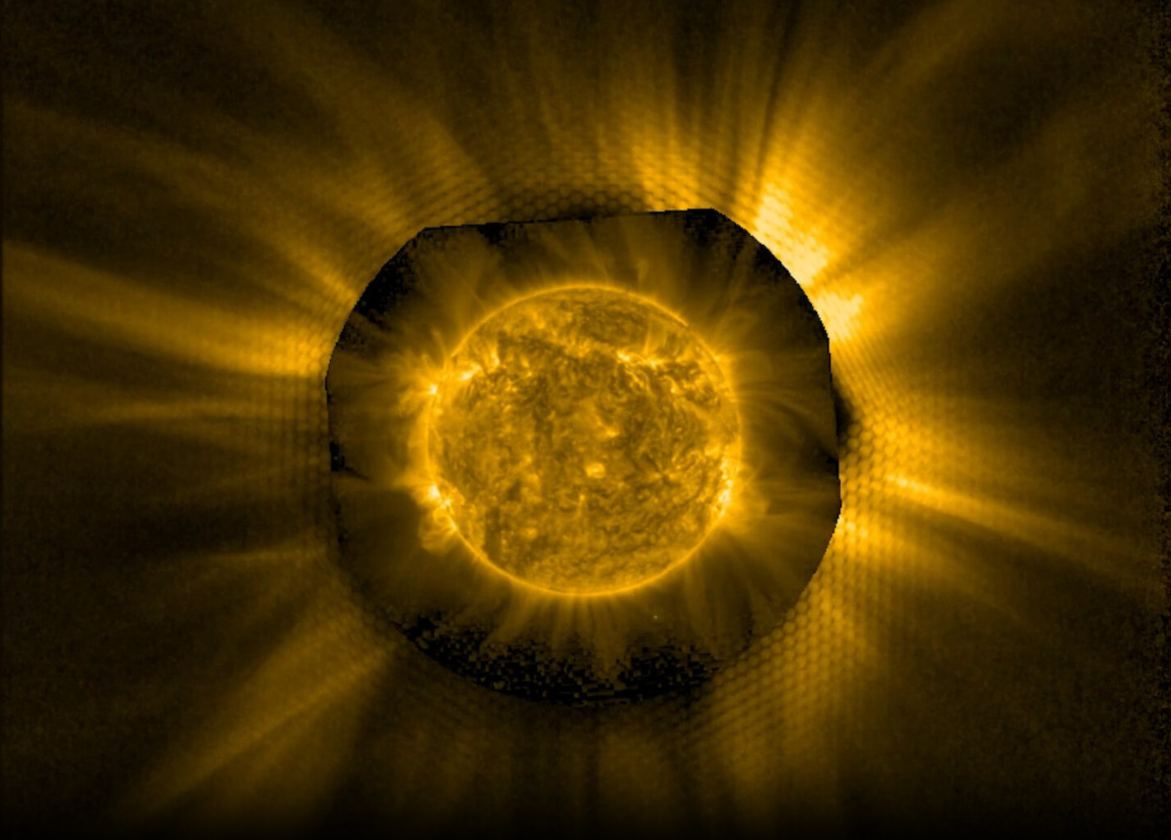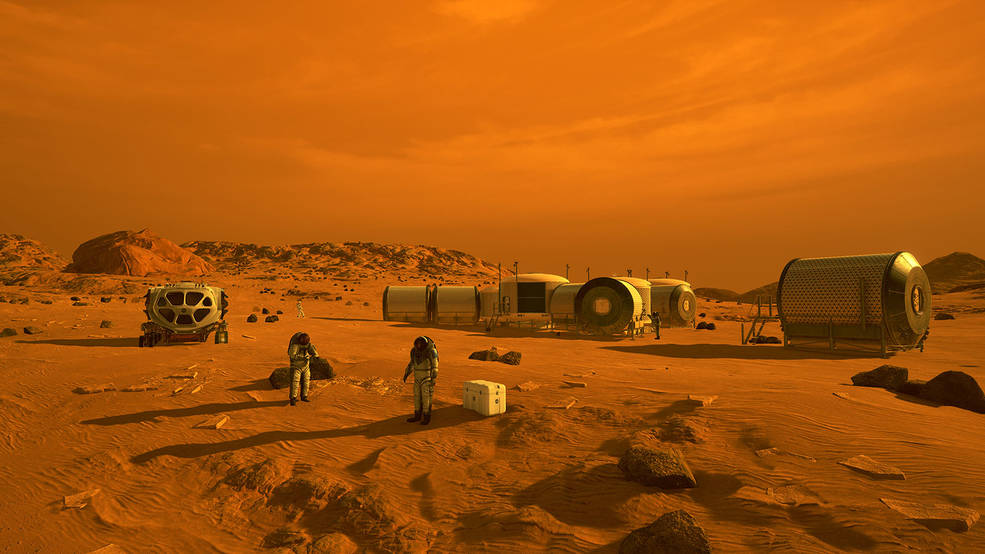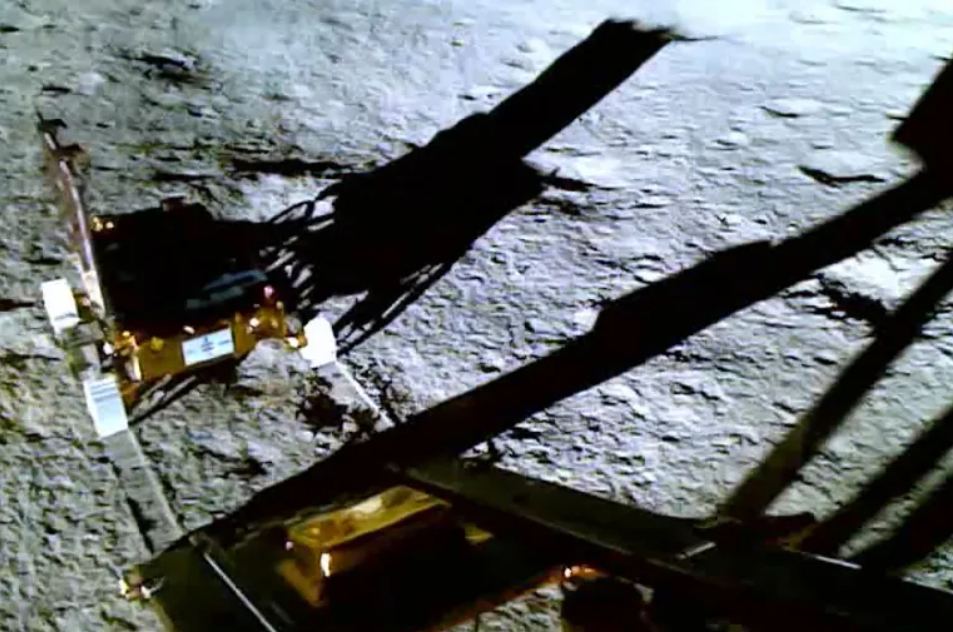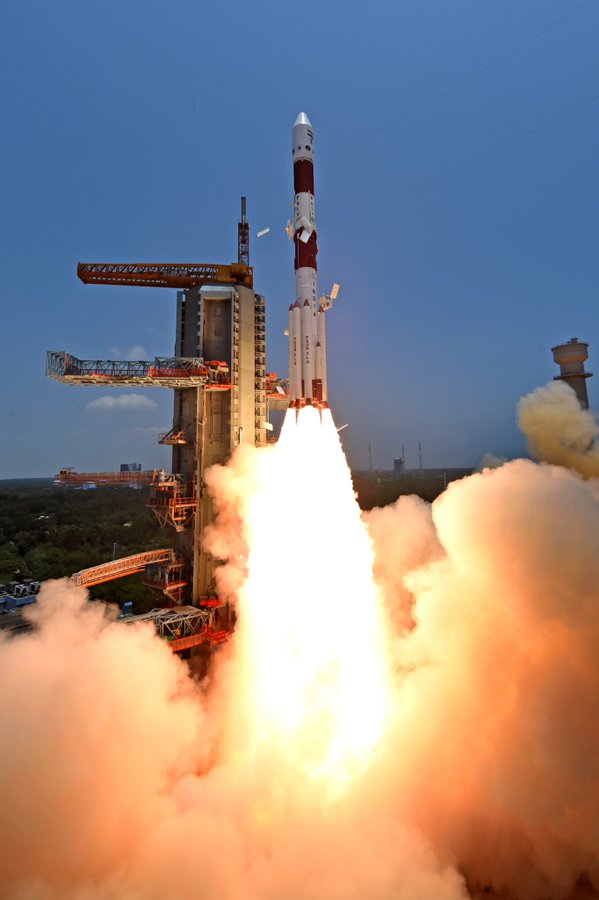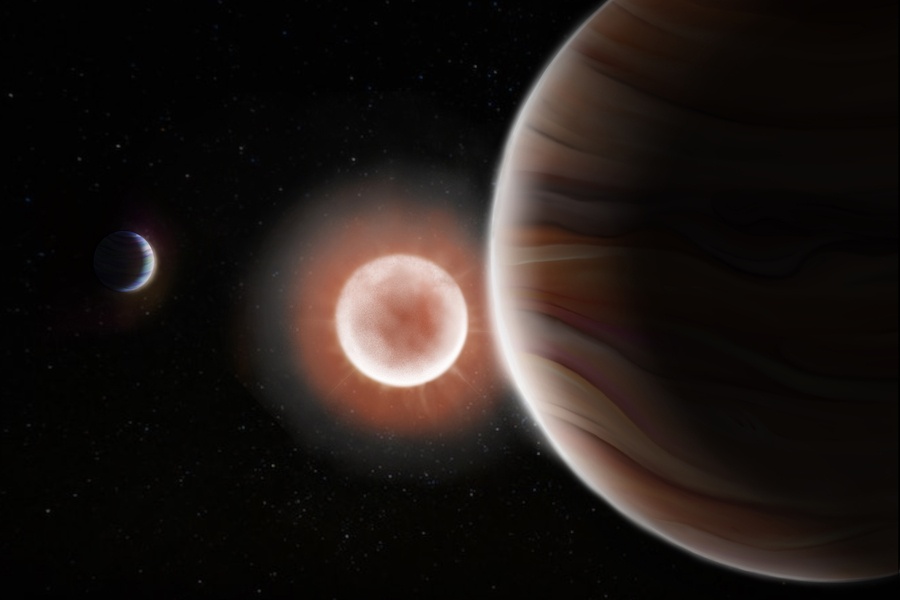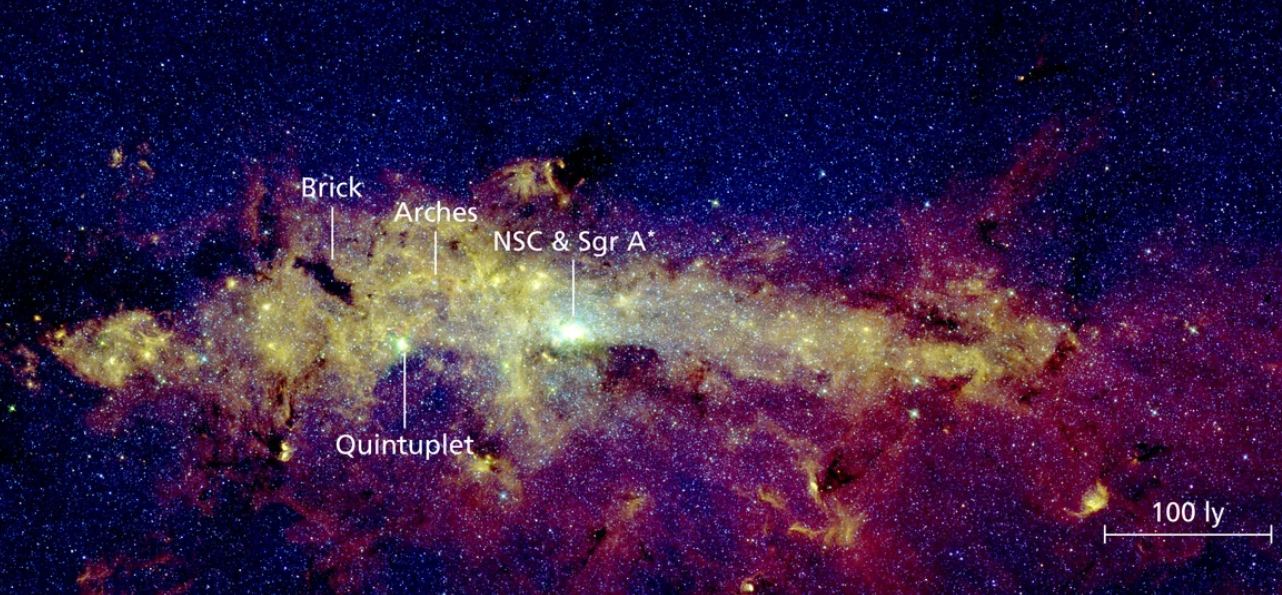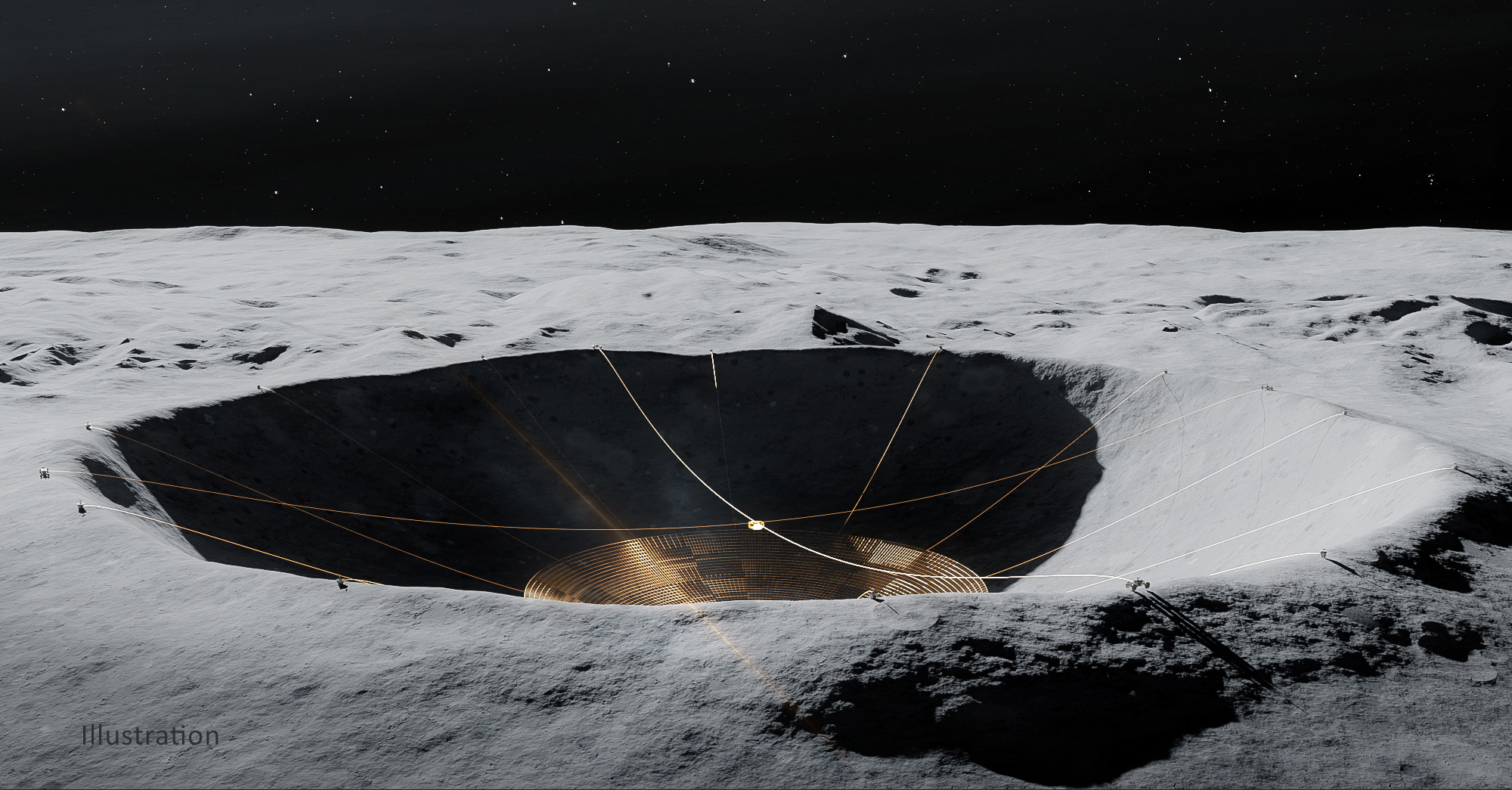
As the next round of giant observatories nears completion, astronomers are starting to ponder what comes next. One exciting location to consider is the Moon. There's no atmosphere on the Moon, so a lunar telescope would act like a space telescope. Still, solid ground, lower gravity, and potentially human astronauts are available to do maintenance and make upgrades. A new paper reviews different kinds of telescopes that could be built on the Moon and their unique advantages over Earth- or space-based instruments.
Continue reading

Catch periodic cosmic interloper 103P Hartley while you can.
Continue reading
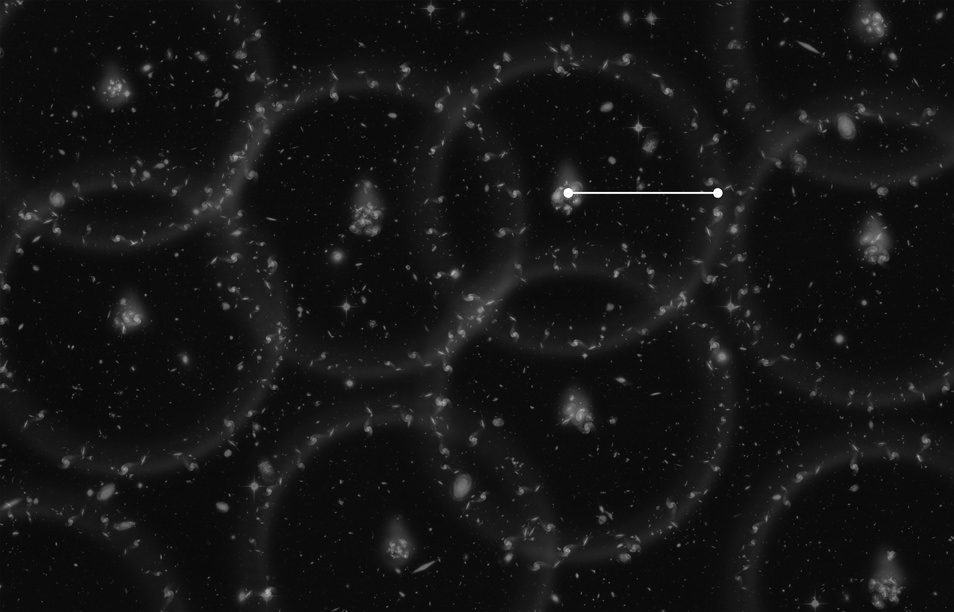
A team of astronomers have developed a new technique that relies on Baryon Acoustic Oscillations to measure cosmic distances.
Continue reading
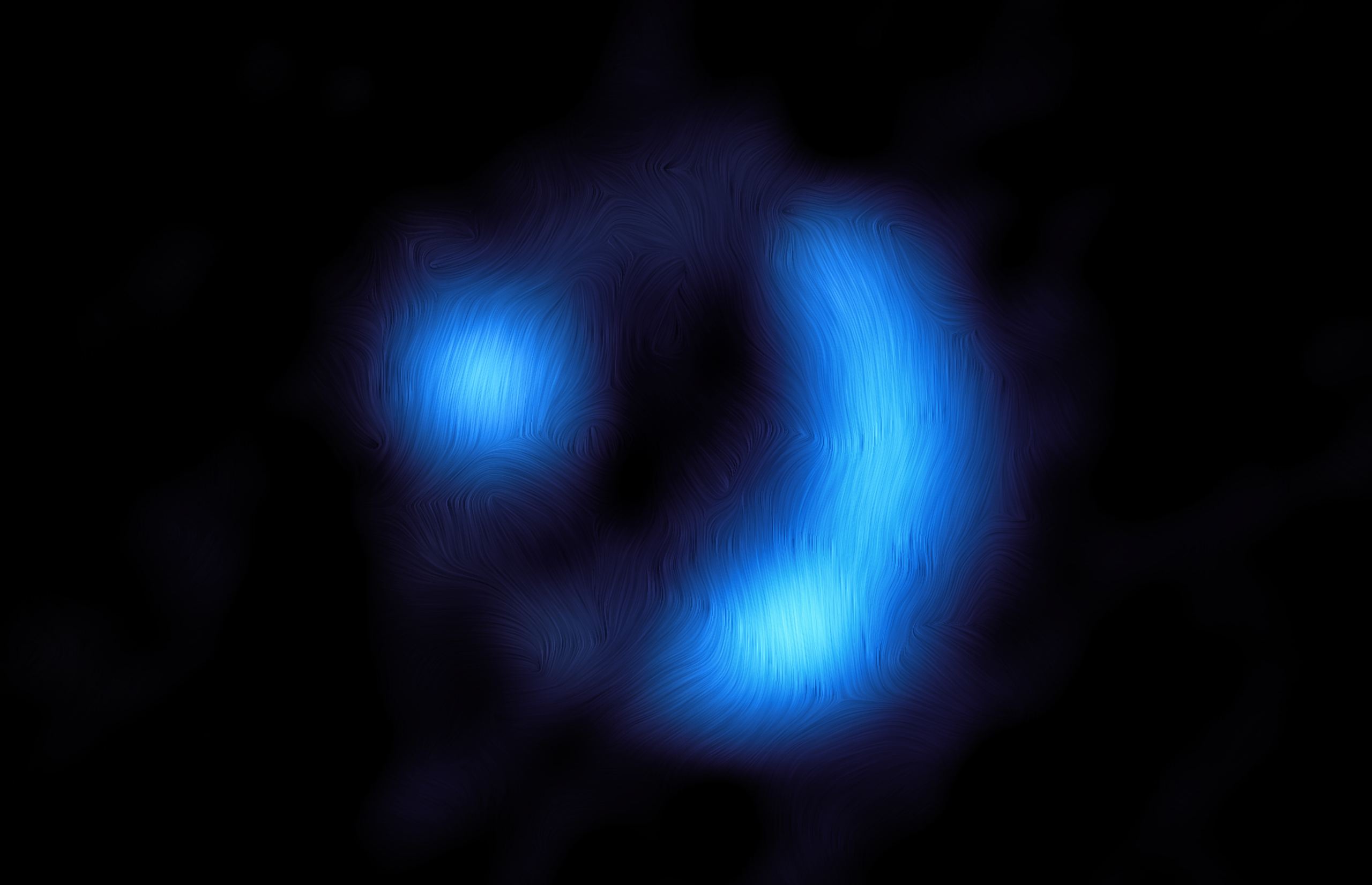
Galaxies are surrounded by magnetic field lines, spanning tens of thousands of light-years. These magnetic fields have previously been measured surrounding only the closest galaxies. Still, astronomers have made the map of a galaxy seen just a few billion years after the Big Bang. Astronomers discovered with ALMA, searching dust grains in the galaxy that align with the nearby magnetic fields. The light they emit becomes polarized, which can then be turned into magnetic field maps.
Continue reading
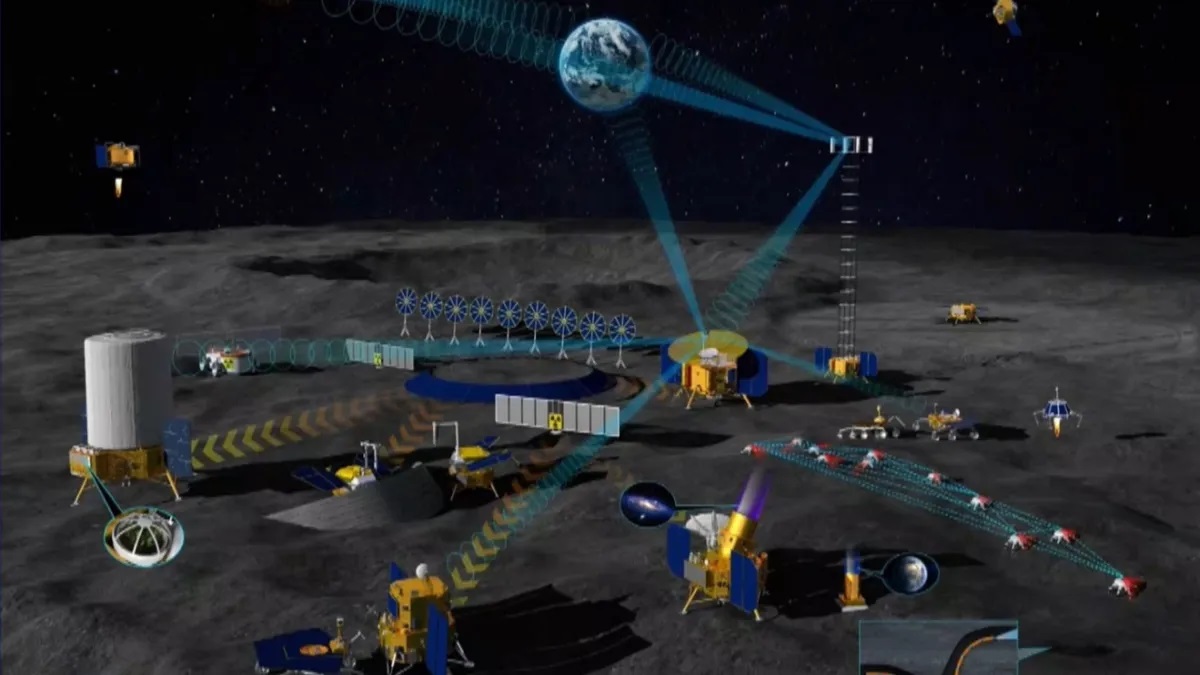
China has released artist renditions of the spacecraft and lander module that will send the first taikonauts to the Moon.
Continue reading
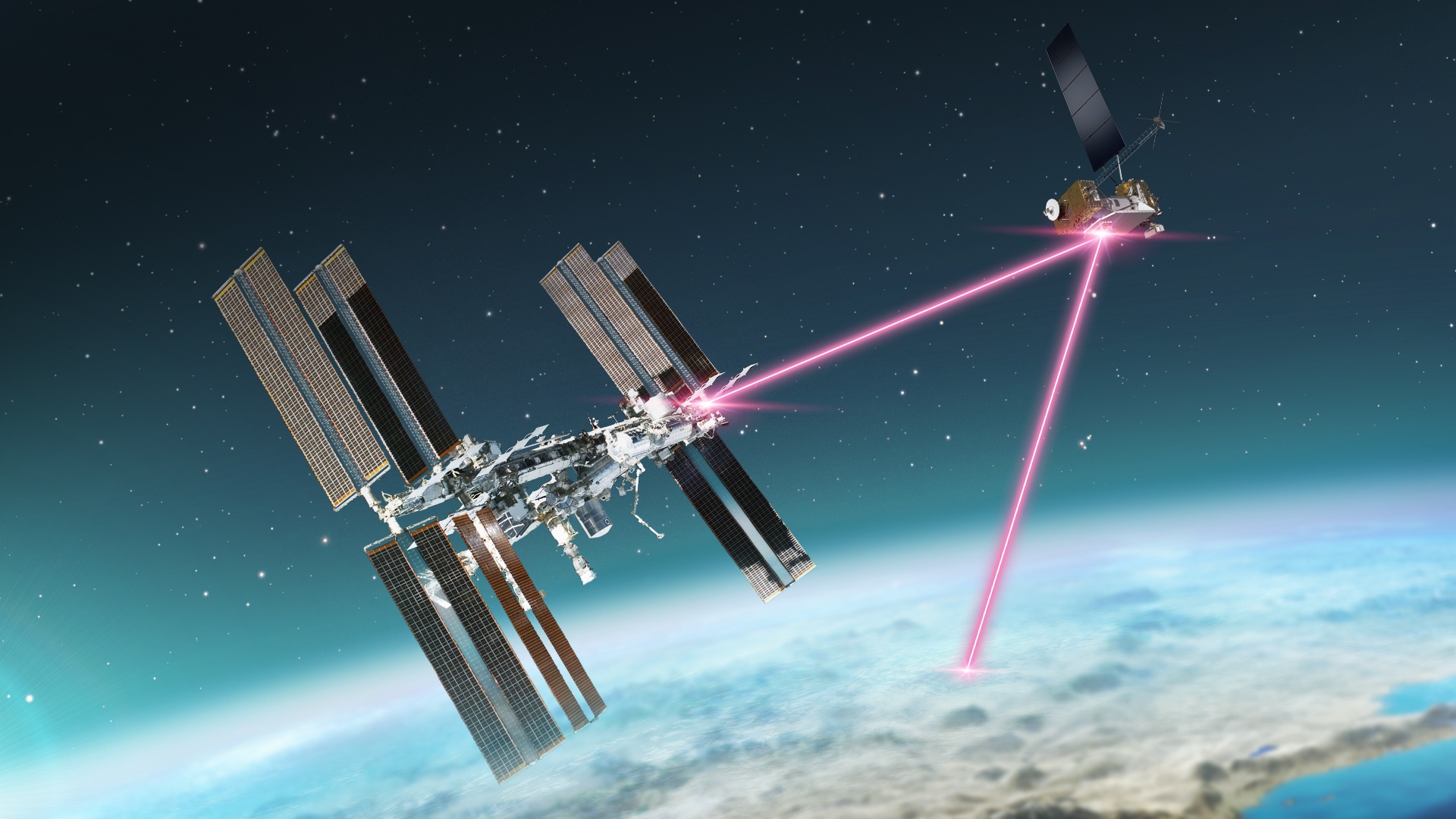
NASA is upgrading the ISS communication system with the first end-to-end laser relay system.
Continue reading

All organisms communicate information with their cells using signaling molecules. Add up all these communications, and it's the equivalent of 10^24 bits per second, which is an incomprehensibly large amount. Humanity's digital communication only amounts to 10^15 bits per second, nine orders of magnitude less. However, humanity's information transmission is growing exponentially, and according to a new study, it should catch up within 90 years. These estimates could help astronomers search for technological civilizations more advanced than us.
Continue reading
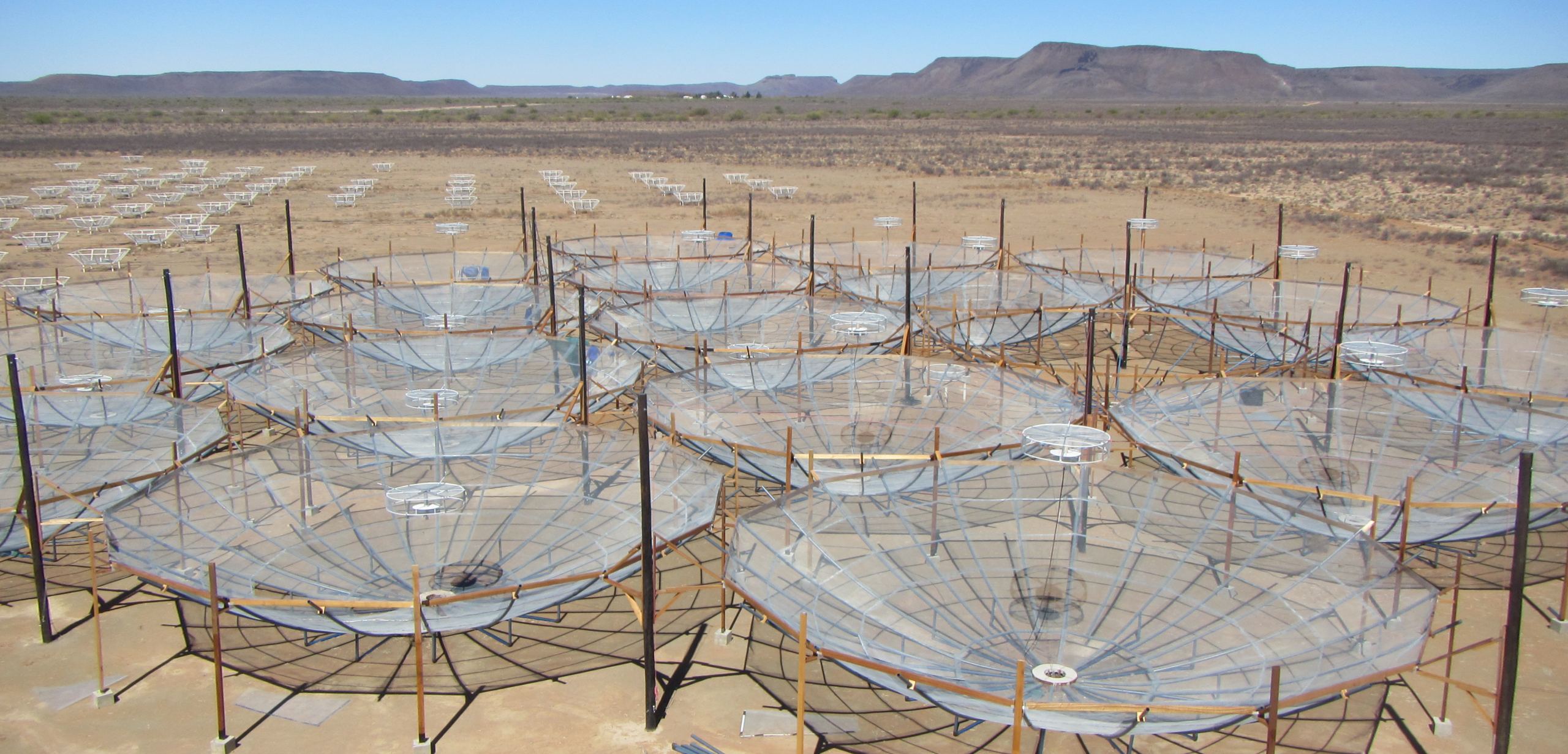
A gap in astronomical knowledge is Cosmic Dawn, a time when the first stars in the Universe formed, ending the cosmological dark ages. If there was dark matter at this early time, its decay might have heated up the intergalactic medium, sending out a signal that could be detectable today. A new paper suggests that the newly built Hydrogen Epoch of Reionization Array (HERA) telescope could measure this dark matter decay with 1,000 hours of observation or constrain its presence by three orders of magnitude.
Continue reading
